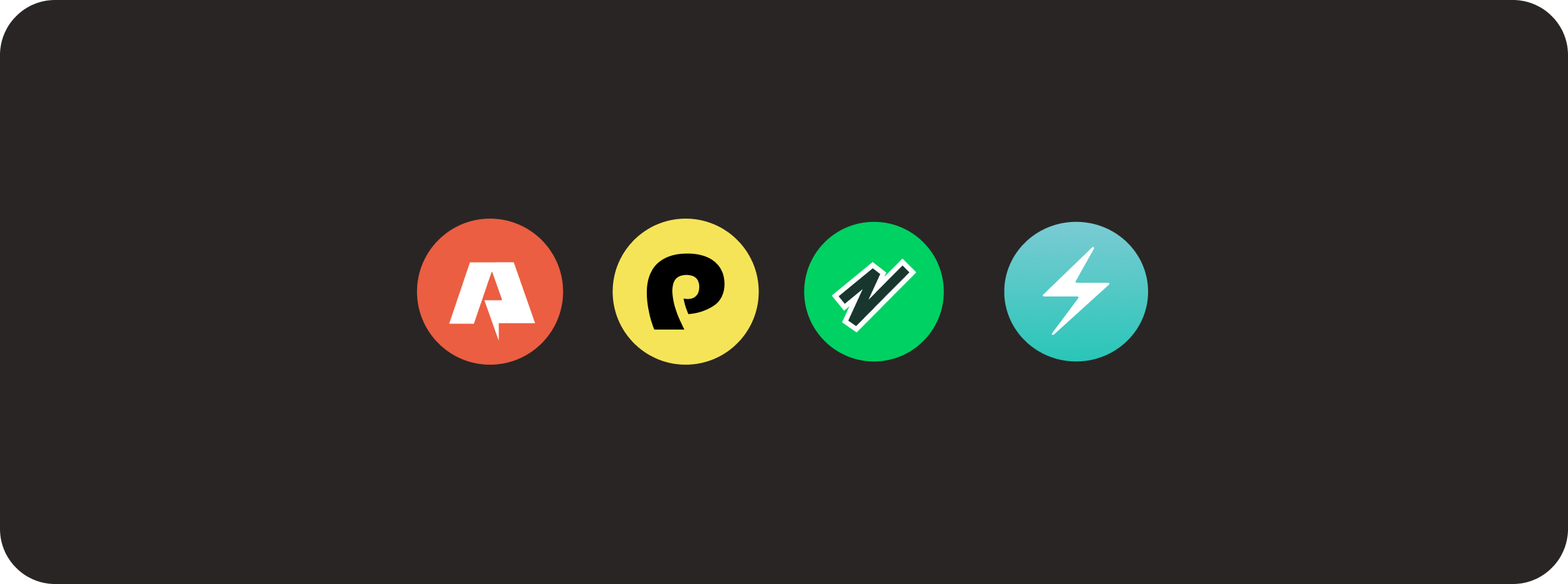Chakra, Panda and Ark - What's the plan?
- #chakra
- #design-system
- #roadmap
Segun Adebayo

The Chakra community has been huge and supportive over the years. For everyone following our growth and journey, I've got one word for you, THANK YOU!
Over the past months years, we've been working hard to execute on the ideas described in the future of Chakra UI. Here's a quick overview of our architecture:
- Static styling engine: We launched Panda CSS in July 2023
- State machine powered components: We launched Zag.js in Sep 2022
- Headless UI components: We're currently working on Ark UI

I want to give a big shoutout to the dedicated Chakra folks who work relentlessly on these projects. Building such valuable projects require a great level of technical and collaboration.
If you're reading this and you've contributed or maintained any of our projects, THANK YOU!
I'm dedicating this article to answer common questions or concerns related to the future of Chakra and the next major release.
Will Panda be used in Chakra UI?
The short answer, not yet.
The styling engine in Chakra is built on top of Emotion which is a runtime CSS-in-JS solution, allowing several combinations of dynamic styling.
In Panda, we've built a styling engine that delivers a superior styling DX to Chakra but is constrained to styles that can be statically analyzed.
We would like to reduce the amount of breaking changes we'll introduce in Chakra v3. It's a huge step going from dynamic styles to static, which is largely favored in the new server-first paradigm and we'd like to strategically manage that transition.
Can I replace Chakra with Panda?
Chakra UI has two core areas:
- Styling System and Theming (Box, Stack)
- Logic Components (Popover, Dialog)
Panda can be considered the next generation of Chakra's styling system.
To fully replace Chakra, you need to pair Panda with a headless UI library like Ark UI or similar. Unless you have a performance sensitive application or want to avoid runtime CSS-in-JS, you might be better of sticking with Chakra and the v3 version we're working on.
Will Chakra UI ever work in React Server Components?
Right now, you can get Chakra UI working by marking the specific files with the `use client` directive. We recently added this directive internally to avoid the need to mark client components.
We're working to fix a bug with the internal
`use client`directive related to our usage of`export *`in the src/index.ts.
After this fix, all Chakra UI components will be compatible with React Server Components and SSR'd correctly without needed to use the `CacheProvider` or client directive.
What should we expect in Chakra v3?
Improved Next.js Support
Support for modularized imports for all components to prevents compilation of unused components or hooks
module.exports = {
modularizeImports: {
'@chakra-ui/react': {
transform: '@chakra-ui/react/dist/{{member}}',
},
},
};
Out of the box RSC support ensuring correct `use client` boundaries
import { Button } from '@chakra-ui/react';
export default async function Home() {
return <Button>Click me</Button>;
}
Addition of New Components
More components have been one of the top requests from the community. We're going to add 10+ new components such as:
-
Pickers: ColorPicker, DatePicker, FilePicker and more.
-
Select Menus: Custom Select, Combobox, Nested Menu, Context Menu and more.
These components already exist in Ark UI and we're integrating them to Chakra
Styling API alignment with Panda
-
Chakra UI v3 will continue to use Emotion as it's runtime engine but we intend to align all the styling APIs with that of Panda, easing any future migration.
-
Support for Variants API: The theming API in Chakra only supports
`variants`and`sizes`which can be quite limiting. We're opening up the API to match Panda's recipe API.// current API const buttonTheme = { baseStyle: {}, variants: {}, sizes: {}, defaultProps: {}, }; // new API const buttonTheme = { base: {}, variants: { variant: {}, size: {}, defaultVariants: {}, compoundVariants: [], }, };This API will be supported by the
`chakra`factory as well as the theme context. -
Improved TypeScript intellisense for style props and style objects.
-
Semantic tokens: We intend to ship semantic tokens out of the box to allow for easier color mode aware styling.
// current API function Demo() { return ( <Box color="red.500" _dark={{ color: 'red.300' }}> Hello </Box> ); } // Alternative API (with semantic tokens) function Demo() { // accent => { _light: 'red.500', _dark: 'red.300'} return <Box color="red.accent">Hello</Box>; }
Moving from `as` prop to `asChild`
The `as` prop is a known complexity in the ecosystem when it comes to getting the types working correctly. Kudos to the Radix UI team for pioneering this idea.
// current API
function Demo() {
return (
<Button as="a" href="https://google.com">
Click me
</Button>
);
}
// new API
function Demo() {
return (
<Button asChild>
<a href="https://google.com">Click me</a>
</Button>
);
}
Ark UI Integration
We're integrating Ark UI into Chakra by default to streamline our developement process. Here's a contrived example of what the integration looks like:
import { Dialog as ArkDialog } from '@ark-ui/react';
import { createStyleContext } from '../style-context';
import { dialogTheme } from '../theme/dialog';
const { withProvider, withContext } = createStyleContext(dialogTheme);
const Root = withProvider(ArkDialog, 'root');
const Content = withContext(ArkDialog.Content, 'content');
const Overlay = withContext(ArkDialog.Header, 'overlay');
export const Dialog = Object.assign(Root, {
Content,
Overlay,
});
This will massively simplify the codebase and allow Chakra to focus on theming of the components while Ark UI focuses on the logic. Chakra UI will largely be a styled version of Ark UI.
Redesigned components
- We intend to redesign the look and feel of all components, providing more variants and sizes out of the box.
- Ship a new Figma UI kit that leverages the new Figma Variables
When can we expect Chakra v3?
We're working hard to get Chakra v3 out as soon as possible. Our aim is to get it out by Q4 2023.
If you would like to contribute to the development of Chakra UI v3, kindly send me an email, describing the area you want to help with.
Recommendations
In the Chakra ecosystem (or the chakraverse), you have these options for your projects:
- Chakra UI: Runtime CSS-in-JS + accessible components styled out of the box
- Panda + Ark UI: Static CSS-in-JS + accessible components
- Panda + Zag.js: Static CSS-in-JS + state machines for lower level control of your design system APIs
Thanks for taking the time to read through. I hope you're excited by the future of Chakra as much as I am. When I started the project, I never imagined this level of growth and success would come, and I remained honored and motivated by them.
Unto the next release 🚀
